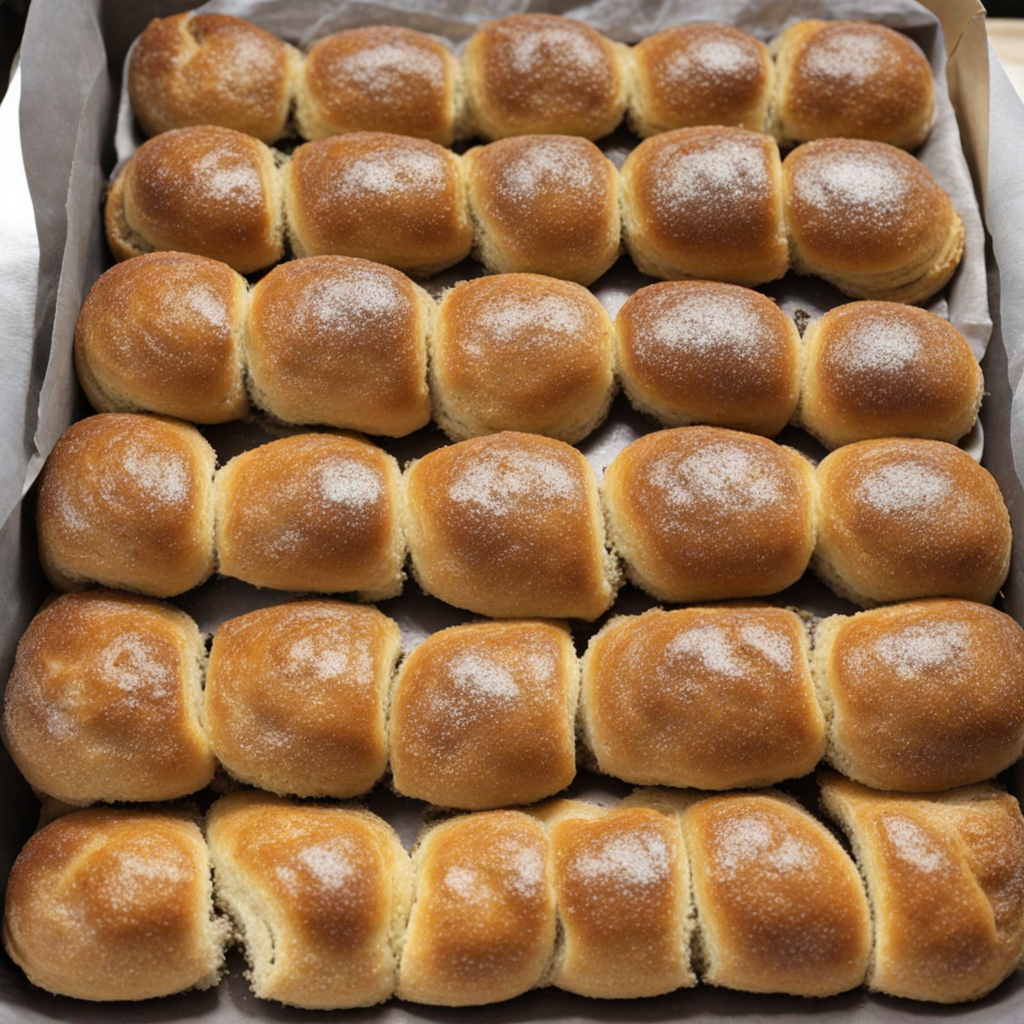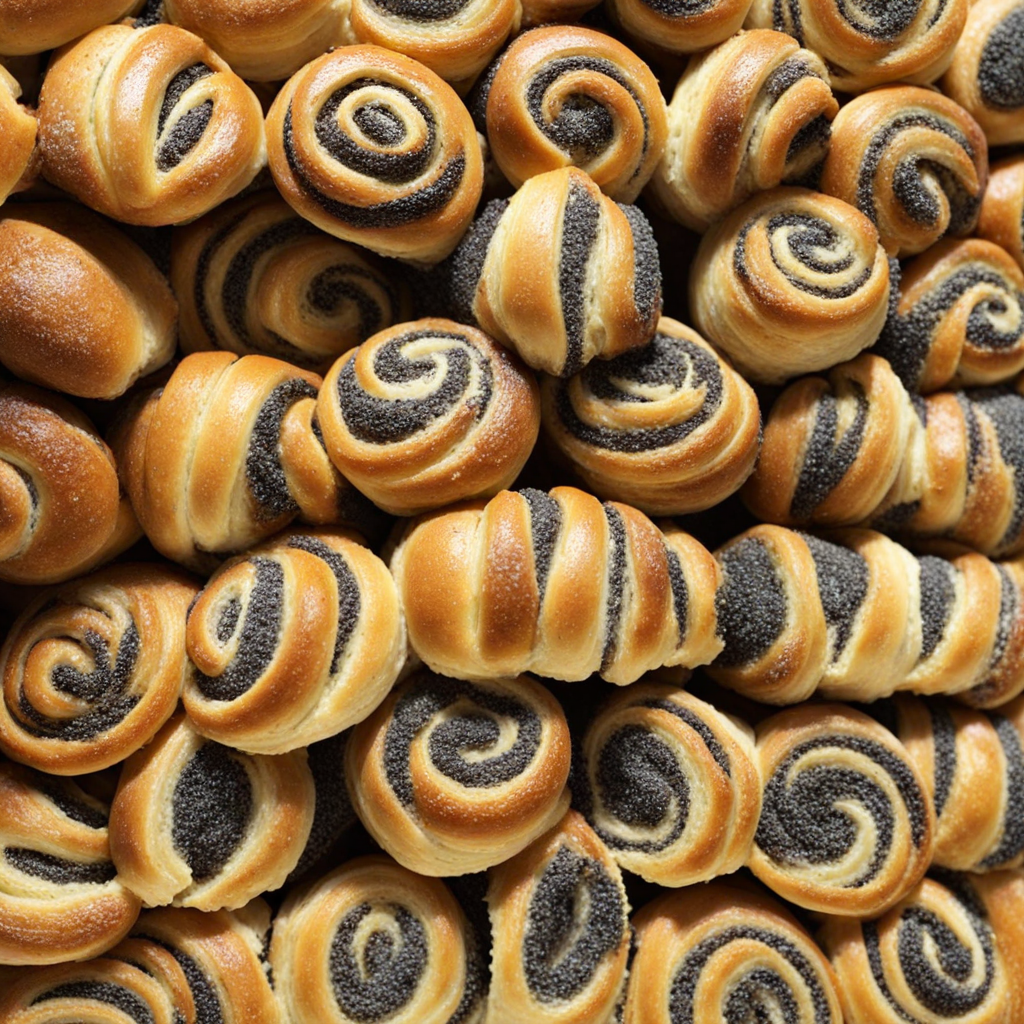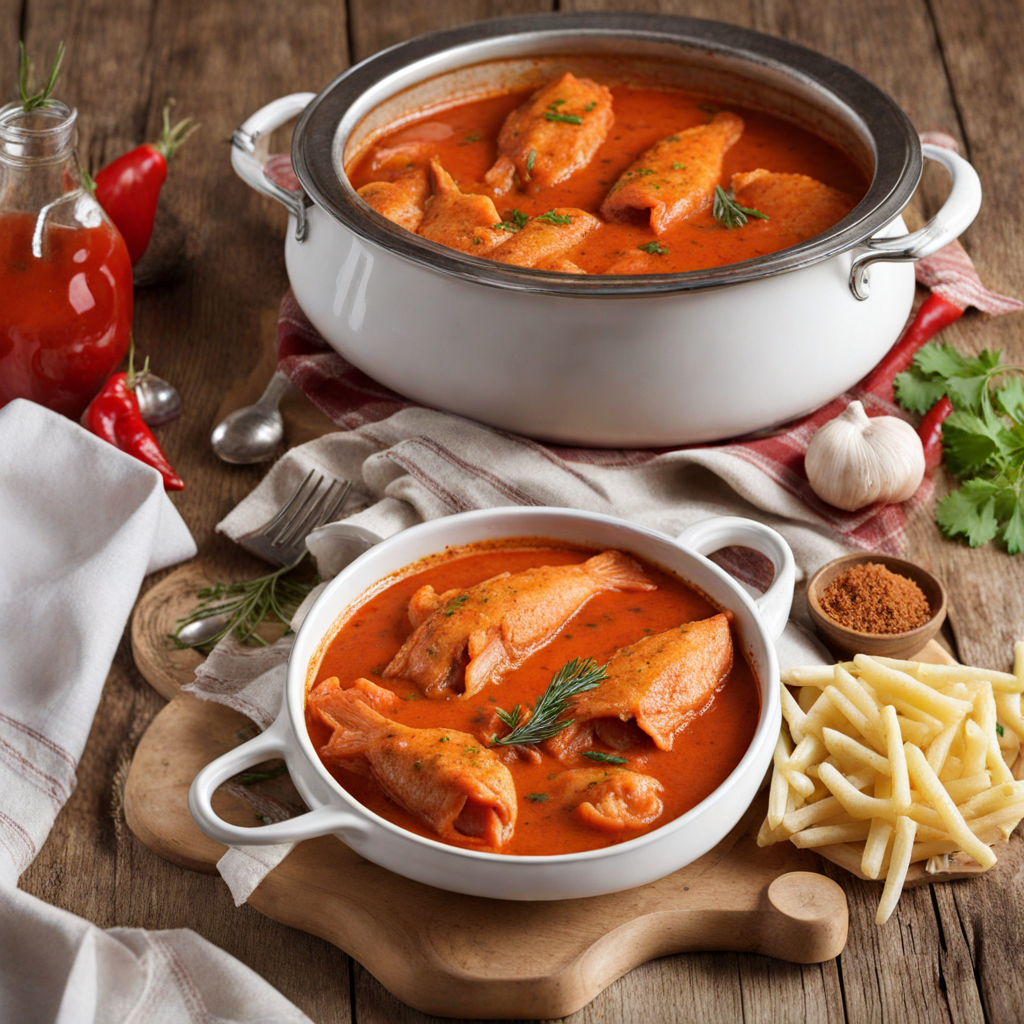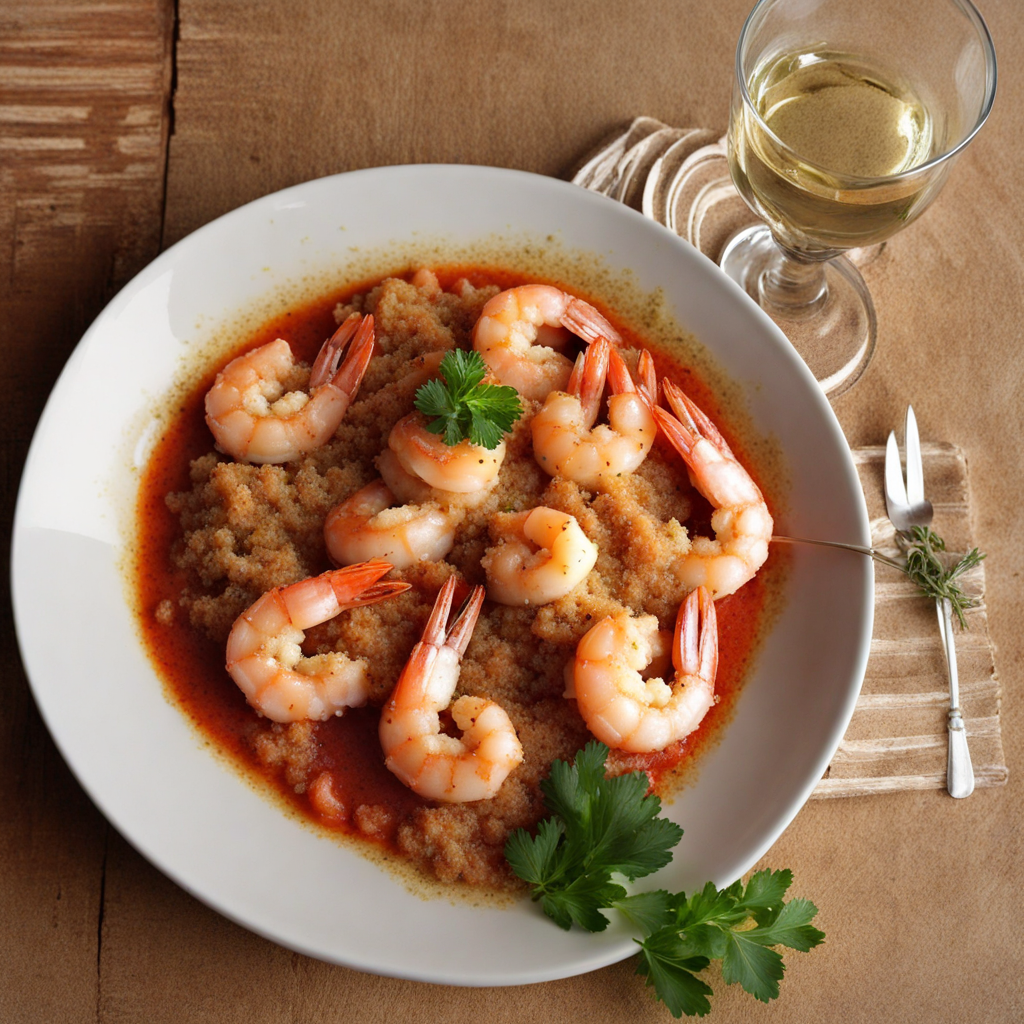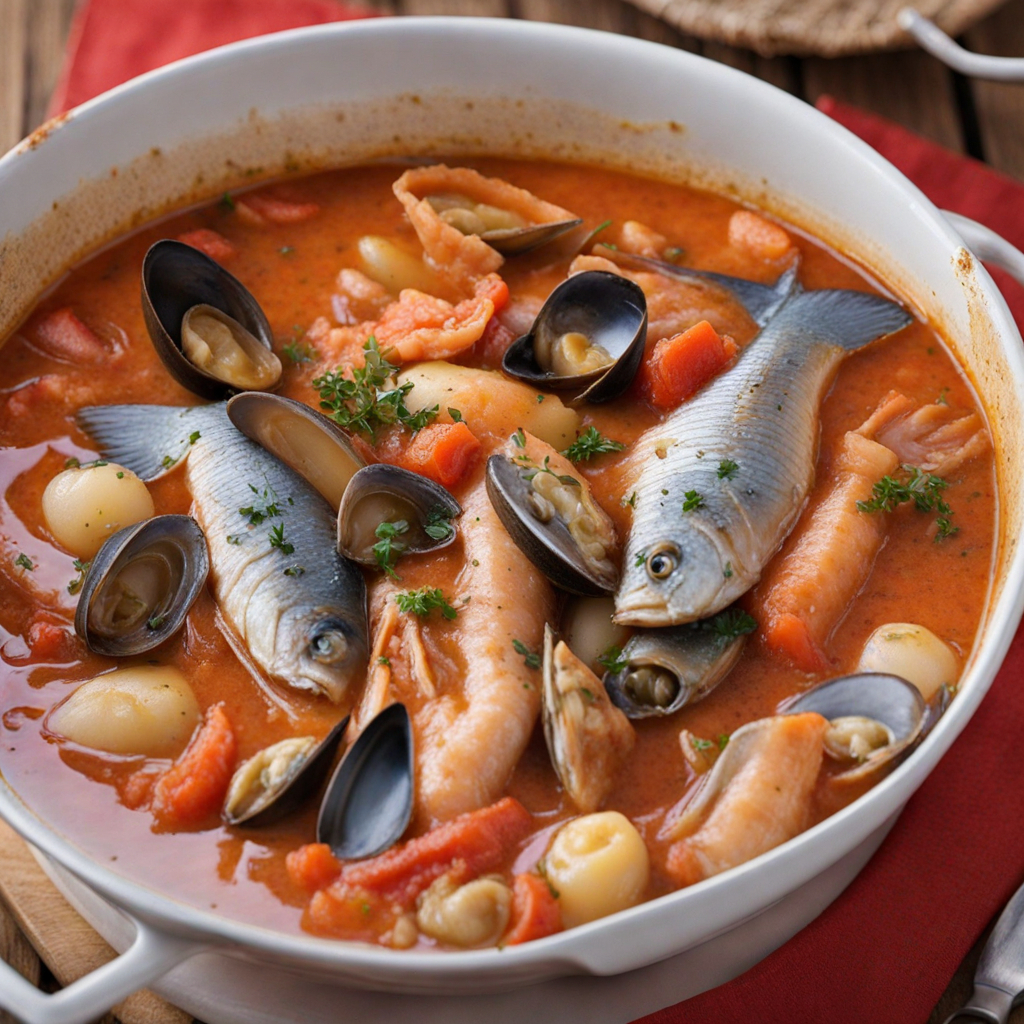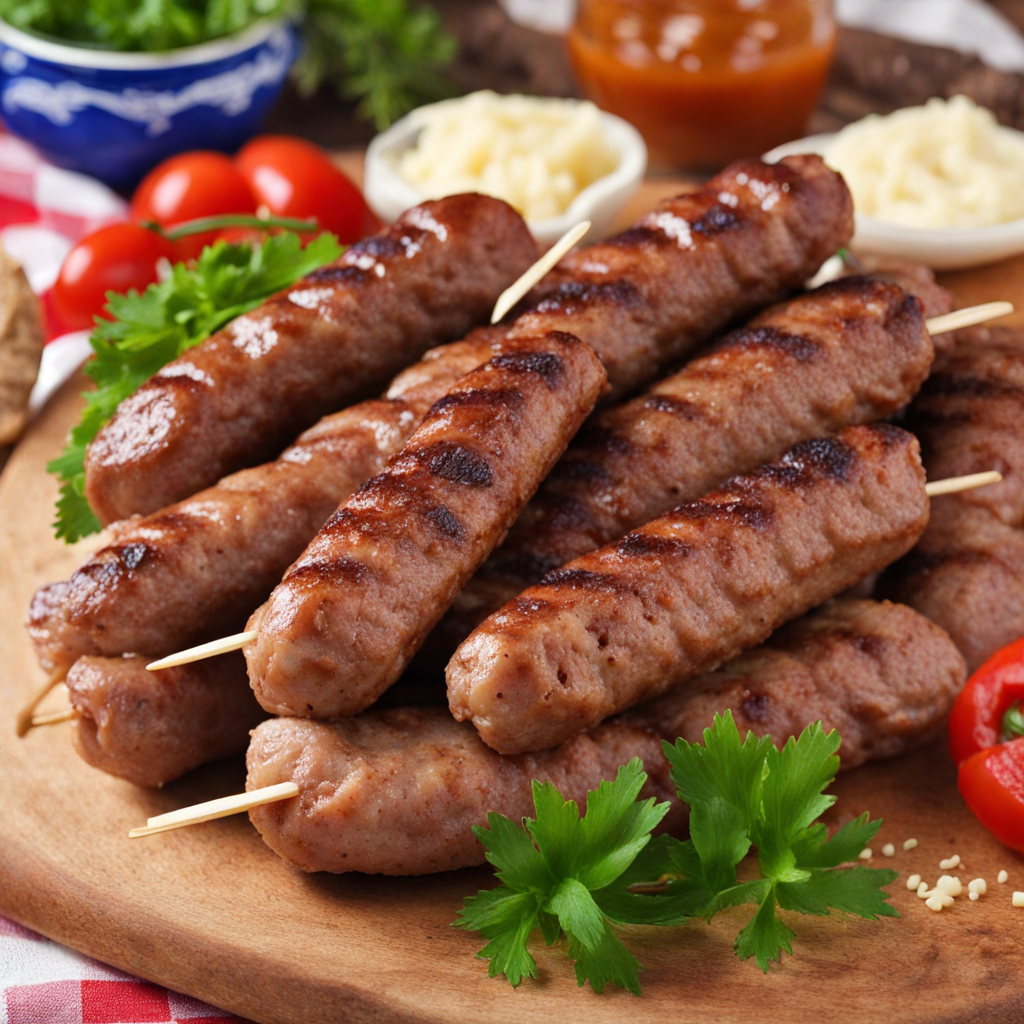Makovnjača
Makovnjača is a delightful Croatian pastry that showcases the rich culinary traditions of the region. This sweet roll is filled with a generous layer of poppy seeds, which are finely ground and combined with sugar, butter, and milk to create a smooth, aromatic filling. The dough is typically made from a soft and pliable yeast-based recipe, which becomes beautifully golden and fluffy once baked. The contrast between the tender pastry and the nutty, slightly sweet filling creates a harmonious balance that is both comforting and indulgent. As you take your first bite of Makovnjača, you'll experience a burst of flavors that evoke the essence of Croatian home baking. The nutty aroma of the poppy seeds mingles with the buttery richness of the dough, while the subtle sweetness from the sugar elevates the overall taste profile. Often, this pastry is sprinkled with powdered sugar on top, adding a touch of elegance and visual appeal. It is commonly enjoyed as a dessert or a sweet breakfast option, perfect for pairing with coffee or tea. Makovnjača is not just a treat for the taste buds; it also carries cultural significance in Croatia, often being prepared during special occasions and family gatherings. Each region may have its own variation, with some incorporating additional ingredients like vanilla or citrus zest to enhance the flavor. This pastry is a testament to the simple yet profound joy of traditional Croatian cooking, inviting food lovers to explore the rich tapestry of tastes and textures that this beautiful country has to offer.
How It Became This Dish
The Delicious Journey of Makovnjača: A Croatian Culinary Treasure #### Origins of Makovnjača Makovnjača is a traditional Croatian pastry that celebrates the rich agricultural heritage of the region, particularly the cultivation of poppy seeds. The name 'makovnjača' derives from the Croatian word for poppy, "mak", which is the central ingredient in this delightful dessert. The pastry is often described as a rolled cake filled with a sweet poppy seed mixture, and it is an integral part of the culinary tradition in many parts of Croatia, especially in the regions of Slavonia and northern Croatia. The origins of this dish can be traced back to various cultural influences that have shaped Croatian cuisine over the centuries. The use of poppy seeds in cooking dates back to ancient times, with records indicating that they were used in various forms throughout Central Europe. In Croatia, the poppy plant flourished due to its adaptability to the local climate and soil, leading to its widespread cultivation and incorporation into traditional recipes. Makovnjača likely evolved from a combination of local customs and external influences, particularly as trade and migration brought new culinary ideas to Croatia. The Ottoman Empire, which ruled parts of the Balkans for several centuries, introduced various spices and flavorings that likely influenced the way poppy seeds were used in baking. Additionally, the Austro-Hungarian Empire's culinary traditions contributed to the development of sweet pastries, paving the way for the creation of desserts like makovnjača. #### Cultural Significance Makovnjača holds a special place in Croatian culture, often associated with family gatherings, celebrations, and holidays. It is particularly popular during festive occasions, such as Christmas and Easter, symbolizing abundance and the enjoyment of life. The process of making makovnjača is often a communal activity, with families coming together to prepare the dough and filling, reflecting the importance of togetherness in Croatian culture. The pastry is not only cherished for its taste but also for the stories and memories it carries. Many Croatian families have their own recipes, passed down through generations, which adds a personal touch to each preparation. These recipes often include variations in the filling, with some families adding nuts, raisins, or even chocolate to the poppy seed mixture, showcasing the adaptability and creativity of Croatian home cooks. Furthermore, makovnjača is more than just a dessert; it is a symbol of national identity. In recent years, there has been a resurgence of interest in traditional Croatian foods, with many chefs and home cooks seeking to revive and celebrate these culinary gems. During cultural festivals and events, makovnjača is often featured prominently, serving as a delicious reminder of Croatia's agricultural roots and cultural heritage. #### Development Over Time As Croatian society has evolved, so too has the preparation and presentation of makovnjača. In the past, the recipe was quite simple, relying on basic ingredients such as flour, sugar, butter, eggs, and of course, poppy seeds. However, with the advent of modern baking techniques and the globalization of culinary influences, contemporary versions of makovnjača have begun to emerge. One significant change in the development of makovnjača has been the introduction of various flavor profiles and ingredient substitutions. While traditional recipes emphasize the use of natural ingredients, modern bakers experiment with adding spices like cinnamon and vanilla to enhance the flavor. Additionally, some variations incorporate different types of dough, such as puff pastry or yeast-based dough, resulting in a range of textures and tastes. The popularity of makovnjača has also led to its inclusion in contemporary dessert menus across Croatia. Many restaurants and cafes now offer their unique takes on the classic recipe, often presenting it as a gourmet dessert paired with sauces, creams, or fresh fruits. This evolution reflects a broader trend in Croatian cuisine, where traditional dishes are being reinterpreted to suit modern palates while still honoring their origins. Moreover, the global interest in Croatian cuisine has brought makovnjača to the attention of culinary enthusiasts beyond the borders of the country. As more people discover the unique flavors and cultural significance of this pastry, it has become a beloved representation of Croatian gastronomy on the international stage. Food festivals and culinary events featuring Croatian cuisine often showcase makovnjača, allowing it to reach new audiences and enthusiasts. #### The Making of Makovnjača The process of making makovnjača is an art form that combines skill, patience, and a touch of love. Traditionally, the dough is made from a mixture of flour, yeast, and milk, creating a soft and pliable base. Once the dough has risen, it is rolled out into a thin sheet, ready to be filled with the poppy seed mixture. The filling typically consists of ground poppy seeds, sugar, and sometimes milk or honey, creating a rich and nutty flavor profile. After spreading the filling evenly over the rolled-out dough, it is carefully rolled into a log shape and placed in a baking dish. The pastry is then brushed with egg wash to achieve a golden-brown color during baking. Once baked, makovnjača is often dusted with powdered sugar or served with a drizzle of icing, adding an extra touch of sweetness. The process of making makovnjača can be seen as a metaphor for the Croatian spirit—rooted in tradition yet open to innovation. Each bite of this pastry carries the essence of Croatian history, culture, and the warmth of family gatherings, making it a cherished dish that resonates with both locals and visitors alike. #### Conclusion Makovnjača is more than just a pastry; it is a narrative woven into the fabric of Croatian culture and history. From its humble agricultural origins to its prominent place in modern culinary traditions, makovnjača encapsulates the spirit of Croatia—a blend of tradition, community, and adaptability. As this delightful pastry continues to evolve while honoring its roots, it stands as a delicious testament to the rich culinary heritage of Croatia, inviting all to savor a slice of history with every bite.
You may like
Discover local flavors from Croatia


